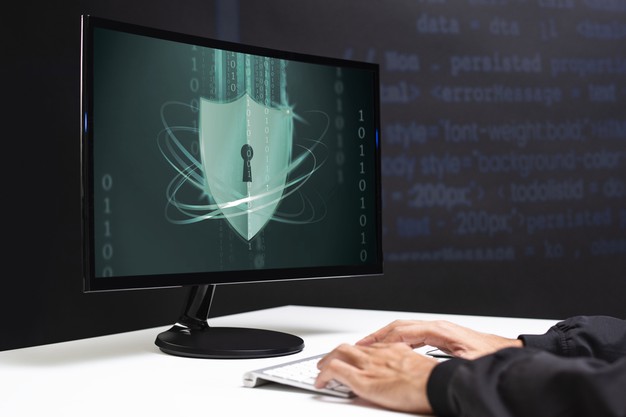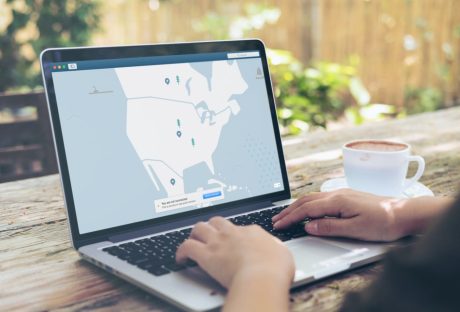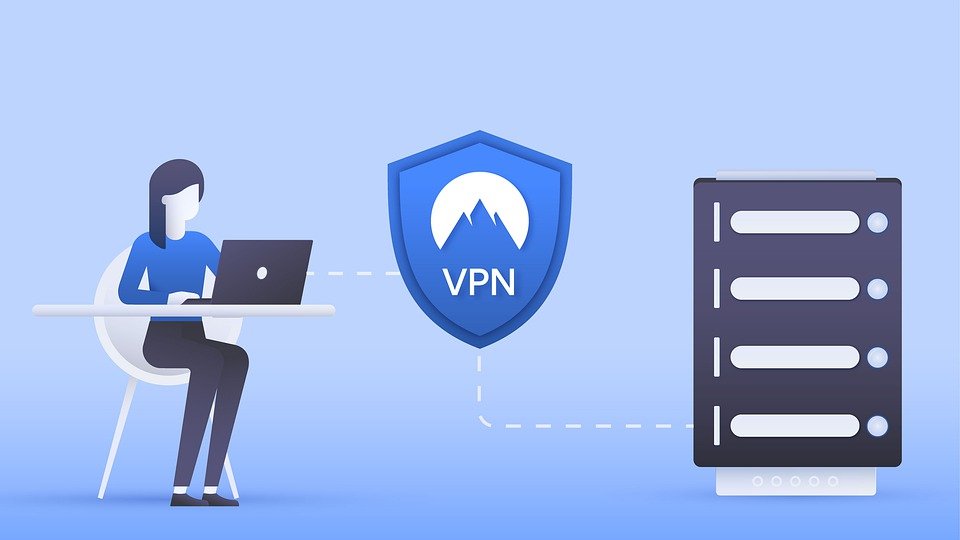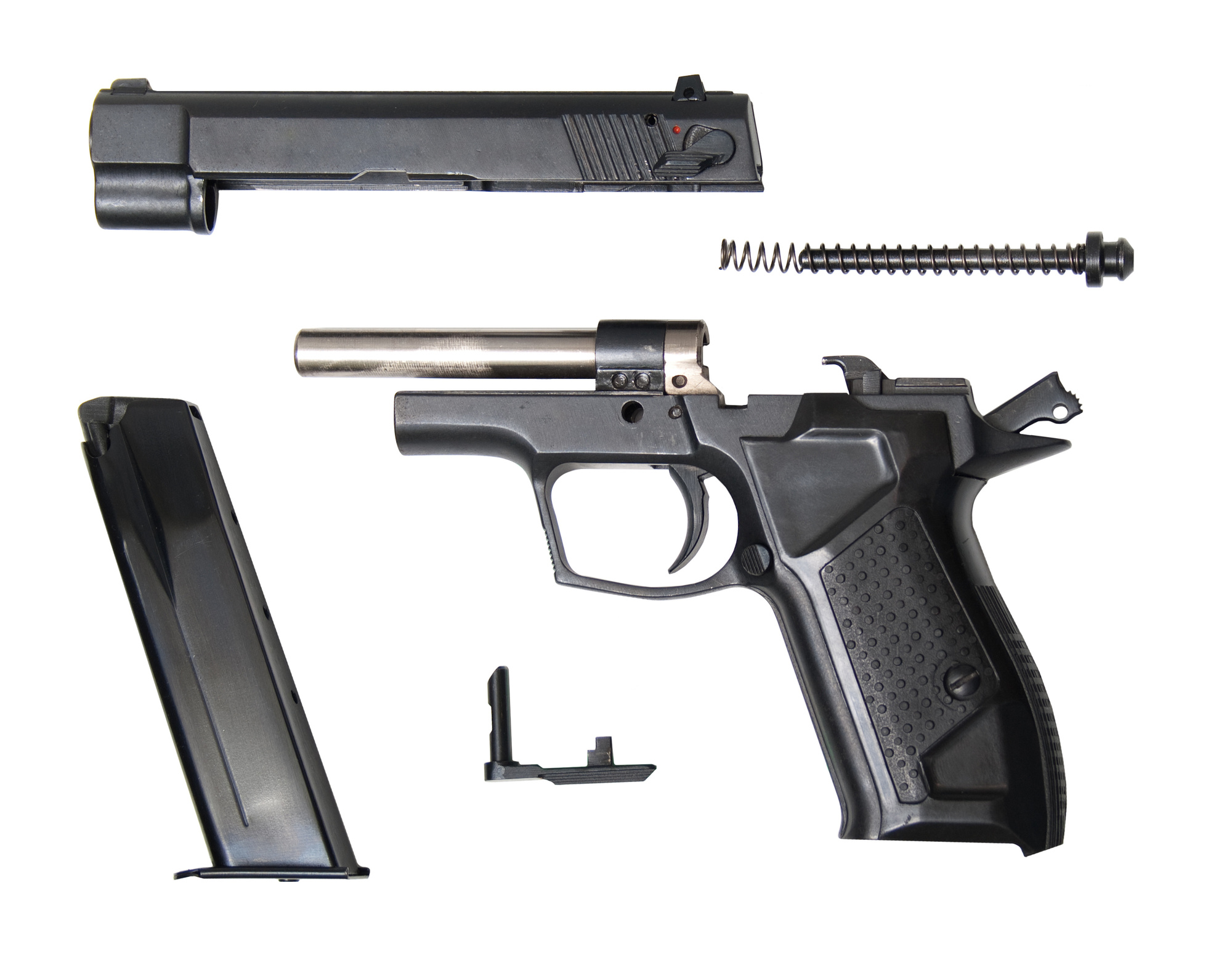Managing an eCommerce store is quite a task these days. Given the fact that cybercrimes are mounting, following cybersecurity best practices is paramount.
Back in 2020, cybercriminals cost $12 billion off the table to companies around the world.
When it happens, a cyberattack harms a company, directly and indirectly, affects its reputation in its potential customers’ eyes.
The losses that happen because of this can only be estimated, not counted.
A concrete solution is necessary for businesses to keep themselves protected at all times.
We have the solution to it but, before we discuss that, let us first understand why we need to safeguard our eCommerce store?
Significance of eCommerce Website Security in 2021-
In 2021, most businesses are working in the online framework. Their revenues heavily depend on their websites.
If they do not emphasize their website’s security, their customer base and reputation will get vulnerable.
As an eCommerce website owner, you need to comply with certain payment guidelines such as PCI/DSS (Payment Card Industry – Data Security Standard) to ensure smooth payment transactions.
Moreover, you need to install security protocols to secure your data integrity. They will not only protect your customer data from hackers but also keep the search engines satisfied.
Thus, security is essential for your eCommerce website.
10 cybersecurity features every eCommerce Website Must Have-
1: Employ the two-factor Authentication Method:
Does not matter how frustrating it may sound. As long as you are keeping your customer’s data secure, every security method is fine.
Employing 2-factor authentication may make your customers a bit agitated. They first enter the login credentials and then enter the OTP received on their number to decrease security breaches and hacks drastically.
So, employ the process and safeguard your customer accounts.
2: HTTPS Authentication is Must:
To obtain HTTPS authentication businesses need an SSL certificate to be installed on a website. Before installation, you need to buy an SSL certificate as they encrypt the data communication between the server and the client. It then passed over a secure network through cryptographic functions (symmetric & asymmetric) so that no cybercriminal can intercept the communication.
Out of all the SSL certificates, the EV SSL certificates require a user to undergo a unique validation process to verify his credibility through his name, ID, address, and more.
Thus, get an EV SSL to secure your Ecommerce website and obtain the highest validation level.
3: Secure Payment Gateway System by complying with PCI-DSS guidelines:
PCI-DSS or Payment Card Industry – Data Security Standard is a body that governs a website’s right to maintain an online payment transaction system.
If you are a website that sees over six million+ transactions every year, you must be a level 1 compliant but, if your transactions range from 20,000 per year, you are safe as a level 4 client of PCI-DSS.
The compliance helps you to secure your payment gateway system and allows you to use a third-party app to accept payments and make refunds on your behalf.
4: A VPN can act as a Night Watchman:
When you use public networks such as Wi-Fis to access the site, it is better to use a VPN (Virtual Private Network) to watch your back and restrict other connections to manipulate the ongoing connection between the server and the client.
Without a VPN, hackers can easily manipulate the payment transaction and hack credit and debit card details.
VPN will secure your customer’s payment transaction even on Wi-Fi and keep their sensitive data safe as houses.
5: Use reCAPTCHA to restrict malicious bots:
The reCAPTCHA method is extremely effective in keeping hackers at bay. ReCAPTCHA generates random questions to which a bot cannot answer.
There are plenty of malicious bots lurking around the internet in hopes of finding an ideal prey for cybercriminals.
When they get access to your account, malicious bots can steal information, leak it, or even bring your site down.
ReCAPTCHA adds an extensive layer of security that is impenetrable for a code or a bot.
It restricts bad guys’ entrance by protecting login pages, signup pages, contact form pages, form submission pages, payment gateway pages, etc.
6: Choose a reliable CMS platform:
Choosing the right CMS is important for businesses to determine whether an eCommerce website will stay safe.
Mediocre CMSs are a big risk to have. They might help you save a few bucks, but you will always be vulnerable to theft.
But, CMSs like WordPress and Joomla are renounced entities having customer bases in millions.
Moreover, they are regular in updating security patches and always stay a step ahead of the bad guys.
The only thing you need to do is keep them updated.
7: Don’t install Unsolicited Extensions and Plugins:
Plugins and extensions are necessary to enhance your website’s reach. They allow you access to multiple tools and features on the internet.
But not all plugins are safe to install. These days due to rising cybercrimes, you must be aware of what you’re installing or adding.
Cybercriminals can engrave malicious codes in the plugins, and when a user installs it, they get access to his site.
Before installing any plugin, make sure that its source is known. Check for its review and ratings across the internet.
Also, check its performance reports and badges for further inquiry and self-satisfaction.
8: Site Security Audit:
Site security auditing does not interest a lot of merchants but it is essential for their survival.
Site security auditing includes checking whether the anti-virus is working appropriately and security protocols are repelling attacks or not.
As a merchant, you must initiate site auditing from time to time. It will help you prevent attacks, fix bugs and technical glitches.
If detected early, some security issues can be repelled; otherwise, they may harm the website if they stay for longer periods.
So, keep auditing your website at regular intervals of time.
9: Install a Firewall:
If you own a web application, the firewall can benefit you immensely.
Web Application Firewall or WAF protects the website or web app by analyzing the traffic between the application and the internet.
A firewall protects the user data, the application from XSS (cross-site scripting), SQL injection and cross-site request forgery, etc.
A firewall is the need of the hour to suffice the mounting cyberattacks and help sustain the business.
10: Create Data Backups:
In today’s tech world, data is more important than cash in your wallet. Cash can be earned by you again but data once lost cannot be retrieved in the same proportion.
For businesses, data is their lifeline. They thrive on data and channelize their operations accordingly.
Since it is immensely important, protecting it is quite a task for businesses as cybercriminals are always on the lookout for data.
The best way to protect your data is by creating a copy of it and save it on the cloud.
Cloud allows you to access your data anywhere at any time, making it extremely reliable.
To Conclude:
eCommerce is booming every day. New ways of marketing, selling, and attracting are getting invented to make life convenient for customers.
On the hind side, hackers also build new ways to capture as much data as possible.
They employ bots and bugs to do the dirty work. Bots can enter your website and steal customer data, whereas bugs can get attached to plugins and gain access once you install them.
Keeping track of what you are installing, where you are visiting, and who you are allowing access to is of paramount importance.
But everything can get simple if you follow these ten steps, as they will help you frame a robust website security system.























